During the processing and packaging phase, meat processing plants are also involved. Farmers send animals to meat processing plants to be slaughtered, massacred, and sometimes processed. The increase in demand in grocery stores has continued to grow since the start of the COVID-19 pandemic. This increase in demand is good for business profits; however, it brings with it many challenges and concerns.
Communication with participants, lack of visibility and the COVID-19 pandemic have caused restaurants a lot of problems. Not all restaurants and suppliers have technology that allows them to know in real time the supply, demand and consumption of inventory in their inventory. The food supply chain starts at the farm. Once food is produced on the farm, it moves up the supply chain to handling and storage.
From there, they move on to processing and packaging, and then to distribution. Consumption is the final stage of the food supply chain. The food supply chain refers to the processes that describe how food goes from farm to table. Processes within the food supply chain include production, handling and storage, processing and packaging, distribution and consumption.
Within the management of food supply chains, in order to minimize risk, certain areas of production must be documented. This is what allows grocery stores, restaurants and suppliers to maintain profits and ensure customer satisfaction. It is an elaborate system required by the global community to maintain the safety, sustainability and safety of food. Once food leaves the packaging plant, it's headed to the retail destination, which are often grocery stores.
A solid food supply chain is essential for producing food-safe products that meet consumer demand for high-quality food. You should also periodically evaluate your suppliers and ask them for the results of any recent audits that they may have had to undergo. The food supply chain comprises all the stages that food products go through during their passage from producer to customers and consumers. And since most workers were staying home at the start of the pandemic, there weren't enough employees to work on farms, manufacturing plants and grocery stores, which are crucial to an uninterrupted food supply chain.
With the increase in technological trends (see Restaurant Technology Trends) and improvements, there is a greater demand for fresh and safe food. Proper management is essential to ensure that your company complies with food-related regulations and delivers high-quality food to your customers. Over time, this slows down the food supply chain due to delayed deliveries and rising consumer prices. From there, distributors sell the food to consumers and restaurants, who ultimately eat and consume the food at the end of the chain.
The food supply chain is therefore a very important step in safely consuming and understanding the food you consume.
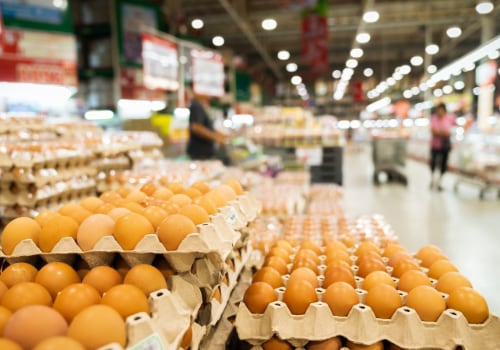
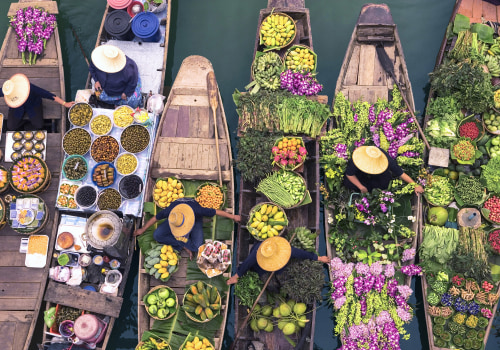
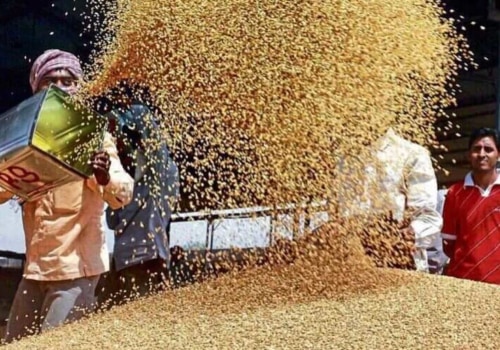
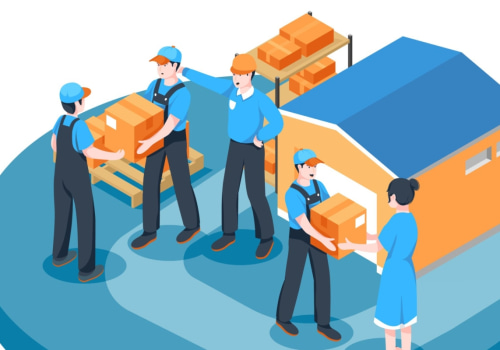
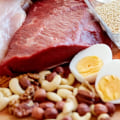
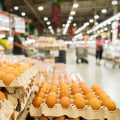

Leave a Comment